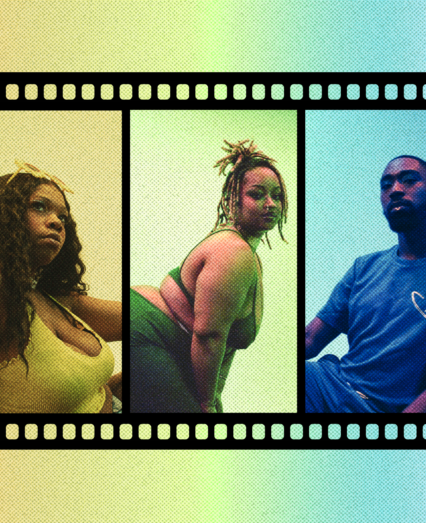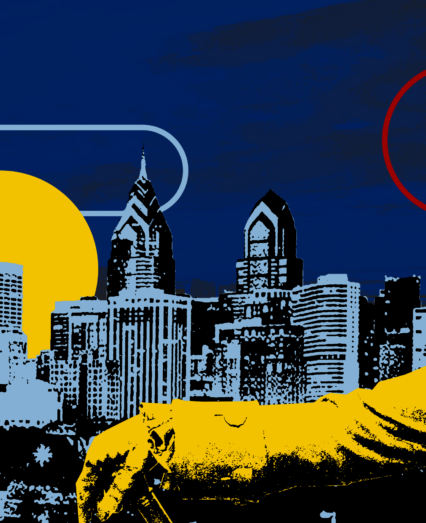Here we go. Another blog about memes.
We may have touched on this notion in the past, but today, let’s discuss the real-world effects that memes have on the world at large.
But first, let’s start with a short glossary of terms and keywords, so we’re on the same page.
Meme: A virally transmitted cultural symbol, social idea, or conversational expression, often taking the form of an image, GIF, or text set. This is what we know and see as memes every single day. A meme only becomes a meme, however, once we as a culture agree to a certain context that a meme can take on. Consider: Gene Wilder’s portrayal of Willy Wonka is not inherently a meme. But he is once we collectively deem him as “Condescending Wonka”.
Exhibit A.Shitpost: A worthless post on a message board, newsgroup, or other online discussion platform. A shitpost can often be described as an “anti-meme,” a piece of content with the sole purpose of creating confusing and oftentimes hilarity. See below.
Normie: A meme that has exceeded its lifespan, is over consumed by a general populace, and is taken at literal value. These are the memes that we see our moms, dads, aunts and former gym teachers share across Facebook to great hilarity. Like so:
Ah yes. I too wish I was at the beach.Dank: A meme that is both fresh in its idea and lifespan, often layered in irony and multiple concepts. Dank memes possess a number of qualities: Irony, self-awareness, metacontext, and more. Sometimes you can’t exactly put your finger on what makes a meme “dank.” You just know. See below.
Seems pretty dank to me.Now that we’ve gotten some key terms out of the way, let’s take a look at a real-world instance where memes have transcended past the computer and smartphone screen to touch reality in a tangible way.
We’re talking about the 2016 presidential election.
Trump, Pepe and the Alt-Right
Bolstered by the emergent digital prominence of the alt-right, President Donald Trump’s 2016 presidential campaign was an anomaly on multiple levels. Most striking, from a social media perspective, is the alt-right pocket of the internet’s extreme support for Trump, heavily fortified by an economy of memes, shitposts, and an overall pollution of reactionary content that positioned Trump in a favorable light for internet trolls and mischief makers, often lurking on public forums like 4chan and Reddit.
https://www.instagram.com/p/BKMtdN5Bam5/
By co-opting underground meme iconography like Pepe the Frog, the collective alt-right effectively created a rallying point behind Trump, mobilizing a vast population of internet users and spreading influence through a nuanced, and meme-centric, form of communication.
Hillary’s Failure to Connect
Delete your account. https://t.co/Oa92sncRQY
— Hillary Clinton (@HillaryClinton) June 9, 2016
Way off on the other side of the aisle, the relationship between then-presidential candidate Hillary Clinton and meme culture was, well, not going as smoothly.
Clinton’s campaign took numerous opportunities to co-opt popular and meme culture in order to be “with it” and “speak to the kids,” which ultimately failed for her. Between the examples both above and below, it can be easy to imagine the internal communication that surrounded stunts like a “Delete your account” tweet or dabbing with Ellen.
Frankly, Clinton and internet culture did not exactly agree with each other, which may or may not have adversely influenced her campaign. They were actions that came across as completely normie, for lack of a better word. Compare this to meme content surrounding Trump, which, above all else, read as authentic.
Bernie Sanders’ Dank Meme Stash
Now, if we extend our view even farther left, we’ll find Bernie Sander, Dank Meme Lord.
Sanders’ presidential primary campaign centered around a platform of massive social reform and progressive politics, which harmonized completely with Leftbook (pockets of Facebook communities for leftists and Socialists) and highly meme-literate internet users with similar progressive politics. Enter: Bernie Sanders Dank Meme Stash, a Facebook group devoted to sharing highly dank memes about, well, Bernie Sanders.
Just one example of many dank Sanders memes.Consider the correlation: During all primary campaigns, an estimated two million voters under the age of 30 voted for Sanders, shadow both Trump’s and Clinton’s youth votes combined.
I don’t want to immediately make the claim that memes have trickled into our physical world and influenced major current events, but uh, look at the evidence here. As manifestations of culture and modern digital communications, memes have just as much intellectual clout as that thinkpiece your freshmen roommate shared but you chose not to read.
If ideas are being expressed through ever-evolving formats, where does the future of memes lie? Let’s find out next time here on the ol’ CBM blog.


